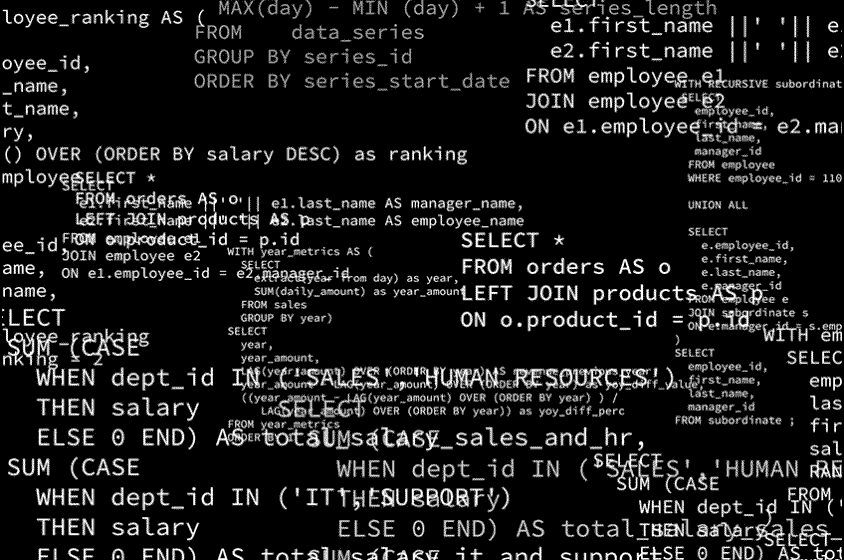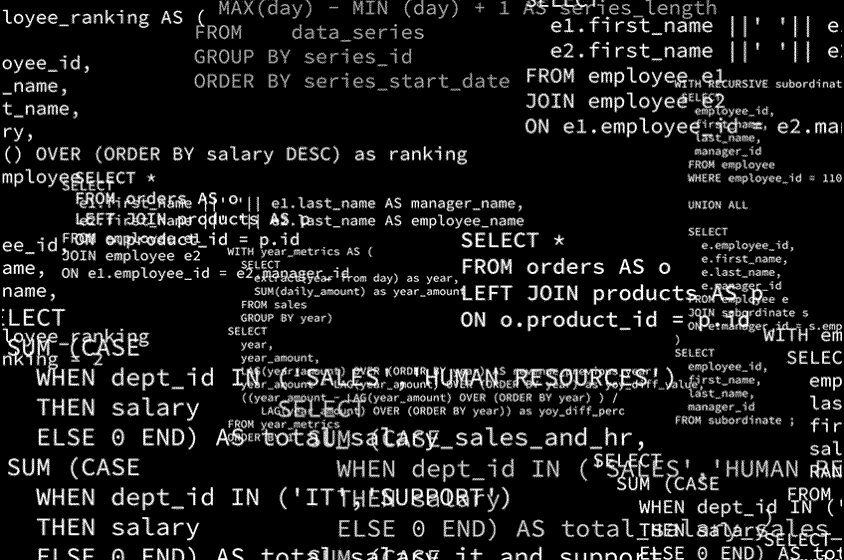
MIT Researchers Develop Technique to Improve AI-Generated Code Accuracy
Improving AI-Generated Code Accuracy
Researchers at MIT and other institutions have developed a novel technique to enhance the accuracy of AI-generated code across various programming languages. This method ensures that the outputs of large language models (LLMs) adhere to the structural and semantic rules of the target language, reducing errors and improving efficiency.
Key Features of the Technique
- Probabilistic Approach: The method uses a probabilistic framework to guide LLMs toward the most promising outputs, discarding less likely candidates early in the process. This boosts computational efficiency and accuracy.
- Sequential Monte Carlo: This technique allows parallel generation of outputs, with the model dynamically allocating resources to the most promising threads. Each output is weighted based on its likelihood of being structurally valid and semantically accurate.
- Expert Knowledge Integration: The approach integrates expert knowledge into the LLM, steering it toward outputs that are both structurally correct and aligned with the user's intended meaning.
Applications and Benefits
The technique has been successfully applied in various domains, including Python code generation, SQL database queries, molecular biology, and robotics. It enables smaller LLMs to outperform larger, specialized models in generating accurate and structured outputs. This advancement not only improves programming assistants and AI-powered data analysis tools but also has the potential to empower non-experts to write complex queries using natural language prompts.
Future Directions
Researchers aim to extend this method to control larger chunks of generated text and combine it with learning mechanisms to further enhance accuracy. This could lead to broader applications in automated data modeling, machine-assisted data analysis, and more, making AI-generated content more reliable and accessible.
For more details, you can read the full article on MIT News.

